SUMMARY
This is AI generated summarization, which may have errors. For context, always refer to the full article.

MANILA, Philippines – Just weeks after President Ferdinand Marcos Jr. returned from a state visit to China in early January, Chinese coast guard personnel drove Filipino fishermen away from Ayungin Shoal in the West Philippine Sea, blocking their access to fishing grounds part of the country’s own waters.
The incident, publicized by the Philippine Coast Guard (PCG), comes on the heels of Marcos’ earlier announcement that Chinese President Xi Jinping had promised to “find a compromise” on the “plight of [Filipino] fishermen.”
In response, the PCG said it would investigate the incident and would refer it to the Department of Foreign Affairs (DFA) for further action, such as the filing of a diplomatic protest.
Similar incidents in the past have shown that protests were not often filed immediately, and in some instances, could take weeks or months before they were transmitted to China.
Why is this the case? And why do protests take time to file?
Verification process
DFA Spokesperson Ambassador Tess Daza explained to reporters in a press briefing on Thursday, January 26, that the agency must first wait for reports from other government agencies involved in patrolling the West Philippine Sea. This includes the PCG or in other cases, the Armed Forces of the Philippines.
The reports, she added, contain both verified details and an assessment of a particular incident, which will then be tackled by the National Task Force for the West Philippine Sea (NTF-WPS).
The task force, headed by National Security Adviser Eduardo Año, then convenes agencies involved in the West Philippine Sea to coordinate a response.
“With the NTF-WPS then, some decisions will be made in terms of the action that will be taken,” Daza said. “There is an inter-agency process of cross checking and when warranted, a protest is issued.”
Why is verification needed?
Daza said that because protests filed serve as legal documents, any detail mentioned by the Philippines must be thoroughly vetted.
“I’ve always repeated the line that we are awaiting reports but the DFA will take the appropriate diplomatic action based on the verification and assessment of the incident,” she said.
Often, this process can take days or weeks to be completed as officials confirm details on the ground and submit reports to their respective agencies, which later share information with one another.
“Sometimes the (verification) process takes time but we seek your understanding that while it takes some time, there is no intention to vacillate in terms of what we are supposed to do,” Daza said.
How many protests have been filed?
Under the Marcos administration, as of January 3, 2023, the DFA has filed at least 68 notes verbales against China over incidents in the West Philippine Sea.
The DFA vowed to continue filing protests to uphold and assert the rights of Filipinos in the West Philippine Sea.
“Our business is making sure we continue to dialogue and ensure representation…. We are committed to remain vigilant in monitoring our waters. We will not be remiss in our responsibly to do what actually needs to be done,” Daza said. – Rappler.com
Add a comment
How does this make you feel?
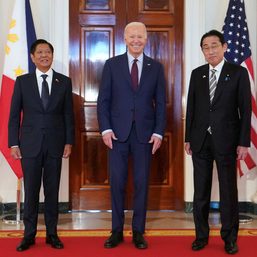
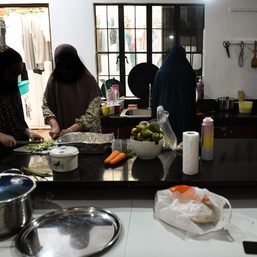

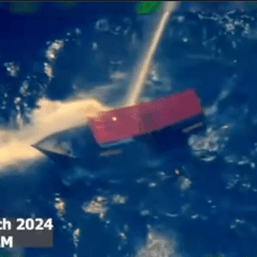
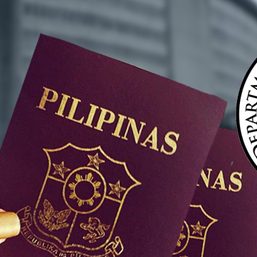
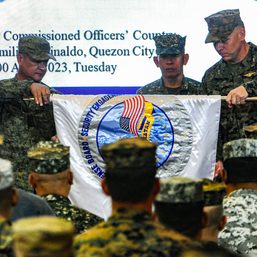
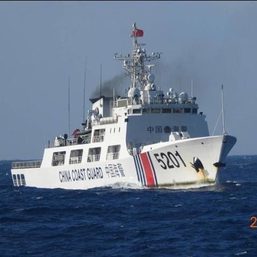
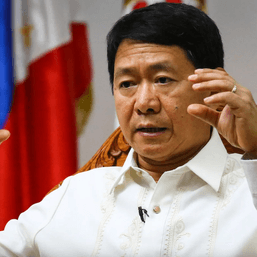
![[Newspoint] The lucky one](https://www.rappler.com/tachyon/2024/04/lucky-one-april-18-2024.jpg?resize=257%2C257&crop=536px%2C0px%2C1080px%2C1080px)

There are no comments yet. Add your comment to start the conversation.